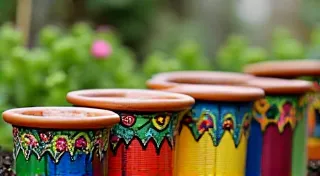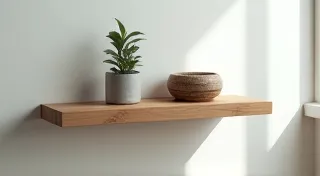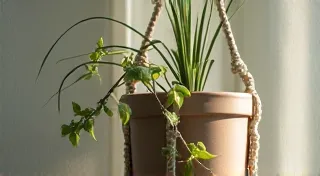The Alchemist's Hearth: Transforming Discarded Treasures into Interior Radiance
We live in a culture of disposability. Objects are manufactured, consumed, and discarded with an unsettling rapidity. But within this cycle of obsolescence lies a quiet rebellion – the art of transforming the unwanted into the beautiful, the forgotten into the cherished. This isn’t merely upcycling; it’s alchemy. It's about seeing beyond the surface wear, the missing parts, the perceived imperfections, and recognizing the potential for rebirth. It’s about infusing our homes with a unique character, a story whispered from repurposed materials.
The philosophy of the alchemist wasn't simply about transmuting lead into gold, though that remains the iconic legend. It was a pursuit of knowledge, a deep understanding of the properties of matter and the power of transformation. Similarly, the DIY home decor enthusiast—the modern alchemist of the hearth—isn't just gluing things together. They're engaging with history, with craftsmanship, and with the very essence of what it means to create a home that feels authentically yours.
I remember, as a child, spending hours in my grandfather’s workshop. He was a cabinetmaker, a man who could coax beauty from the roughest timber. He rarely bought new; instead, he scavenged. A discarded door became a workbench. A pile of scrap lumber became a rocking horse for my sister. He taught me to appreciate the stories embedded within old materials, the echoes of the hands that shaped them. One day, tucked away in a corner, I found an old accordion. It was missing bellows, some keys were broken, and the leather was cracked, but I was mesmerized. The sheer complexity of the mechanism, the artistry of the bellows, the faint scent of aged wood and leather – it spoke of a life lived, a music played, a story untold. It felt incredibly precious, even in its broken state. That moment sparked something within me, a desire not to replace, but to restore, to reveal the inherent beauty hidden within what others deemed worthless.
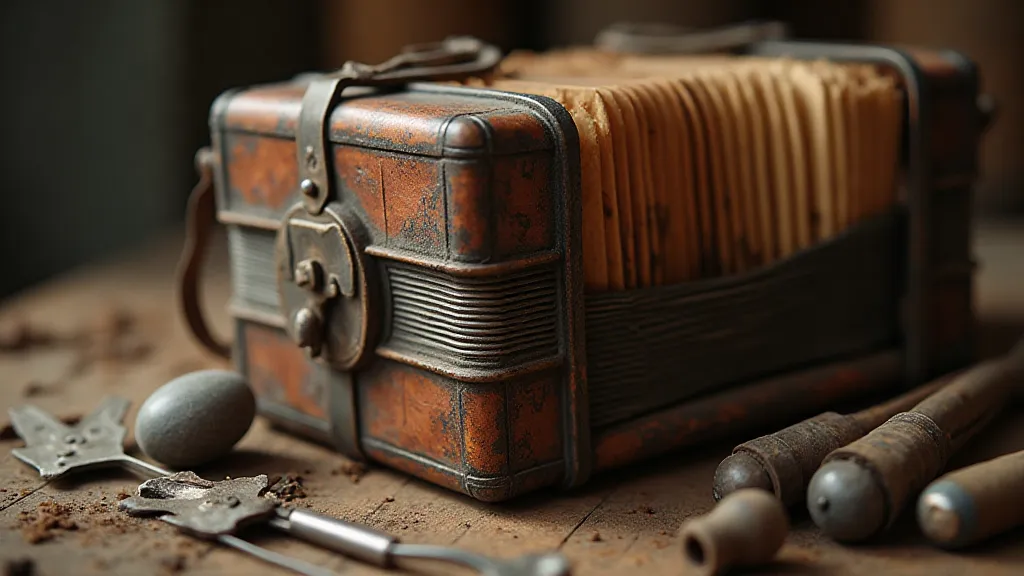
Seeing Potential: The Alchemist's Mindset
The first step in the alchemical process is to shift your perception. It’s about training yourself to see the potential that lies dormant within discarded objects. An old dresser with peeling paint isn't a failure; it's a canvas waiting for a new story. A stack of forgotten textiles isn’t clutter; it’s a trove of textures and patterns yearning to be reimagined. This requires a certain level of imagination and a willingness to experiment. Don’t be afraid to make mistakes; they're simply part of the learning process. The joy isn't always in the perfect outcome, but in the journey of discovery.
Consider the history of furniture. So much of what we consider “antique” was once commonplace, simply worn down by years of use. The intricate carvings on a Victorian chair, the hand-stitched details on a quilt – these represent hours of skilled labor, a level of craftsmanship rarely seen in mass-produced items today. When you repurpose an old piece, you're not just giving it a new life; you're honoring the artisan who originally created it. You’re extending its narrative.
Materials & Techniques: A Gentle Approach
The techniques used in transforming discarded treasures are often as important as the final result. Abrasive sanding can strip away the charm and character of an old piece. Harsh chemicals can damage delicate finishes. The alchemist’s approach is one of gentle persuasion, of working *with* the material rather than against it. A simple coat of wax can breathe new life into a worn wooden table. Patches and repairs on old textiles can become intentional design elements, highlighting the piece’s history and journey.
Restoration isn't always about returning an object to its original condition. Sometimes, embracing the imperfections—the cracks, the wear marks, the faded colors—adds to its beauty and authenticity. These imperfections tell a story, they reveal the passage of time. A perfectly restored piece can feel sterile, lacking the soul and character of a piece that has lived a life.
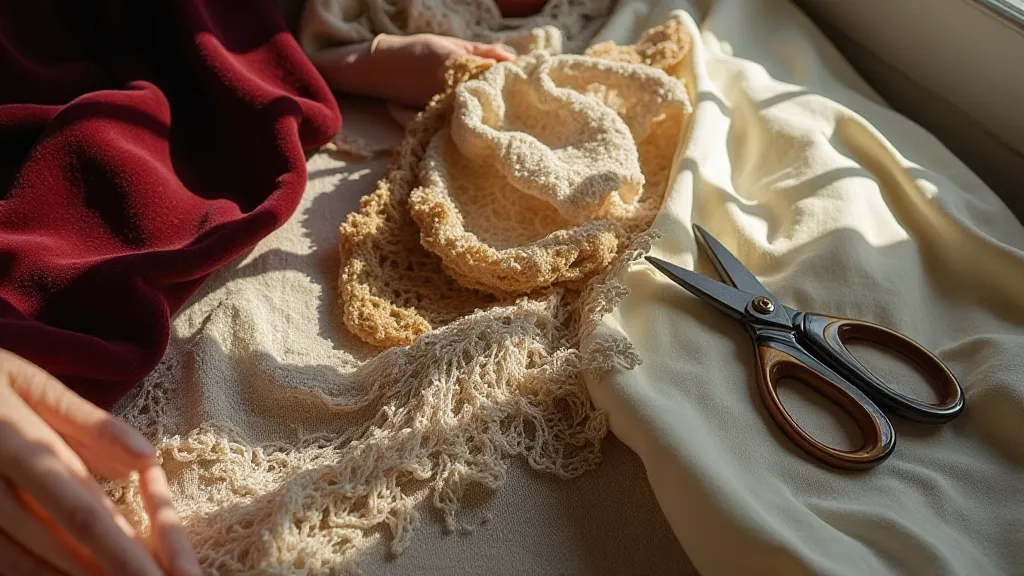
The Narrative Power of Repurposed Textiles
Textiles hold a unique power to evoke memories and emotions. A tattered quilt might whisper tales of cozy evenings by the fire, while a faded silk scarf might recall a glamorous night out. Repurposing old textiles—quilts, curtains, tablecloths—allows you to weave these stories into your home's décor.
Consider transforming old curtains into pillow covers or reupholstering a worn armchair with a vintage quilt. A collection of antique linens can be framed and displayed as artwork. Even seemingly insignificant scraps of fabric can be pieced together to create a unique patchwork rug. The possibilities are endless.
Collecting with Purpose: Beyond Aesthetics
The search for discarded treasures can become a form of mindful exploration. Flea markets, antique shops, estate sales—these are not just places to find beautiful objects; they are windows into the past. Each piece has a history, a story waiting to be uncovered. Consider the craftsmanship involved. An old iron door knocker isn't simply a decorative item; it's a testament to the skill of the blacksmith who forged it. A cracked porcelain doll isn’t simply broken; it’s a fragment of someone’s childhood.
Collecting with purpose isn't about accumulating possessions; it's about curating a collection of objects that resonate with your personal style and values. It's about finding beauty in the unexpected, and about honoring the stories embedded within discarded treasures. It's about creating a home that feels authentically yours, a haven of character and charm, an alchemist’s hearth radiating warmth and joy.
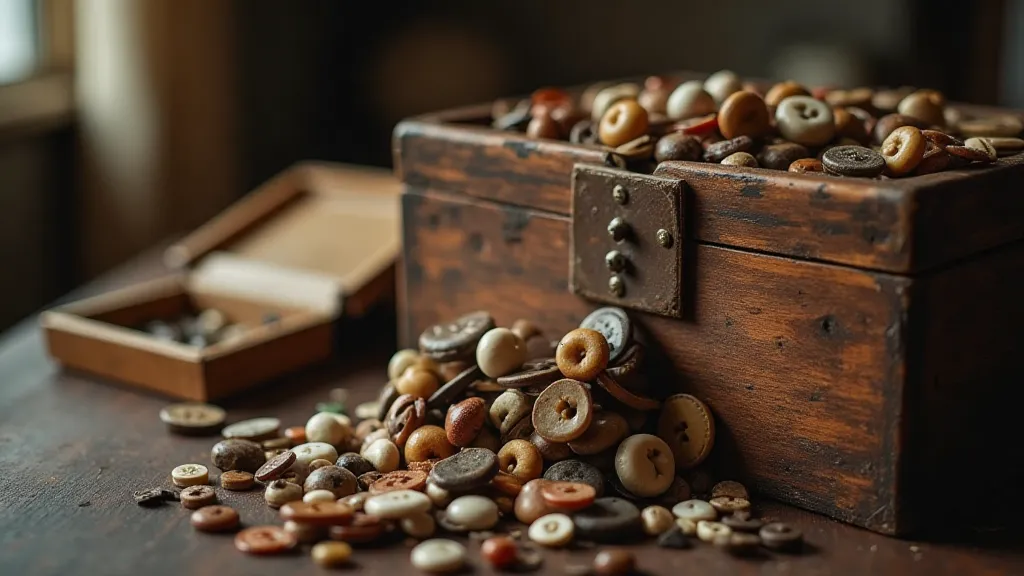
By embracing the alchemist's mindset, we can transform not only discarded objects but also our own perspectives. We can find beauty in imperfection, value in history, and joy in the creative process. We can create homes that are not just aesthetically pleasing but also emotionally resonant, filled with character, and imbued with the stories of those who came before us.
